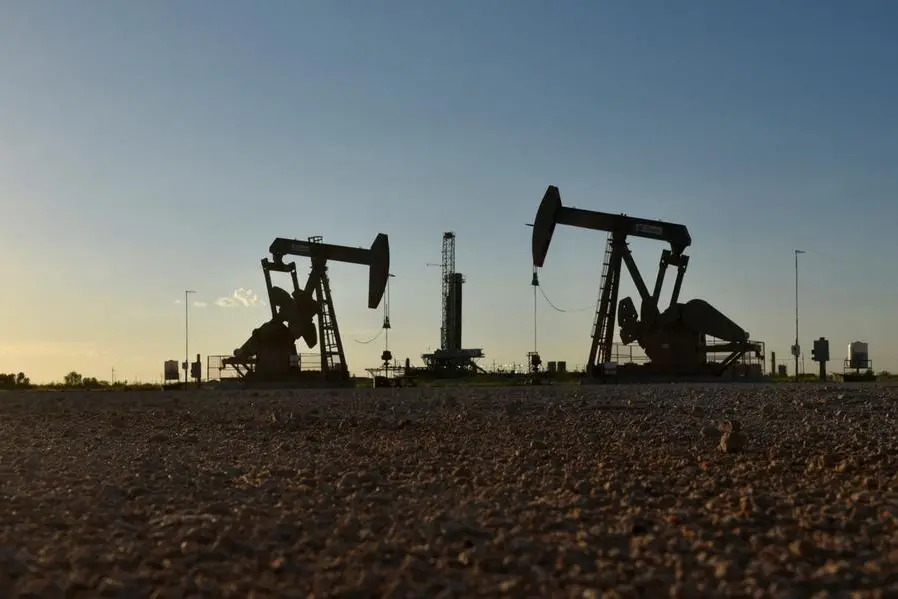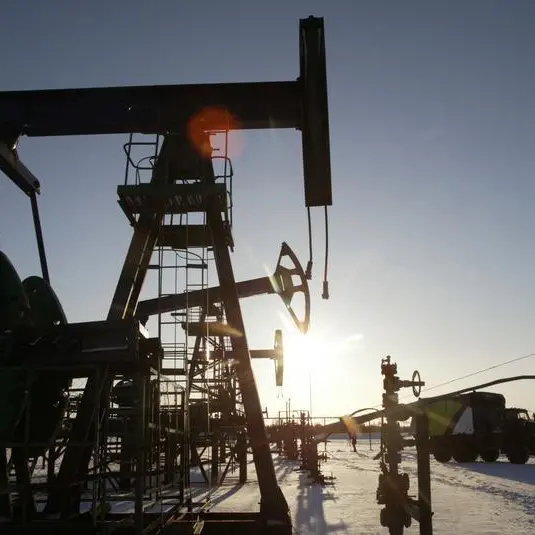PHOTO
Prior to the outbreak of fighting between Hamas and Israel, investors had become less bullish about the outlook for crude oil and fuel prices, amid concerns about whether the strong rally of the previous three months was sustainable.
Some of the froth that accumulated in the market seems to have been blown off as benchmark prices neared $100 per barrel and inventories around the NYMEX WTI delivery point at Cushing stopped falling.
Hedge funds and other money managers sold the equivalent of 33 million barrels in the six most important petroleum-related futures and options contacts over the seven days ended Oct. 3.
Fund managers sold a total of 57 million barrels over latest two weeks after having purchased 398 million barrels over the previous 12 weeks since the end of June.
For the second week, most sales were concentrated in Brent (-25 million barrels) but for the first time there were also light sales in NYMEX and ICE WTI (-6 million).
As a result, the net position in Brent had been reduced to 218 million barrels (46th percentile since 2013) from 266 million (58th percentile) on Sept. 19.
Investor positions had become much less lopsided, with bullish long positions outnumbering bearish short ones by a ratio of 6.11:1 (69th percentile) from 11.57:1 (92nd percentile).
U.S. GASOLINE
Investors have become much less bullish about the outlook for U.S. gasoline prices coinciding with a big increase in inventories.
Hedge funds and other money managers sold the equivalent of 3 million barrels over the week ended Oct. 3.
Fund managers have sold gasoline in each of the latest three weeks by a total of 22 million barrels since Sept. 12.
As a result, the net position has been cut to 48 million barrels (42nd percentile) from 71 million (77th percentile).
The long-short ratio has also been trimmed from 3.53:1 (42nd percentile) to 5.44:1 (63rd percentile) as sentiment has turned negative.
The shift in sentiment has coincided with a big increase in gasoline inventories to 227 million barrels on Sept. 29 up from a low of 215 million four weeks earlier on Sept. 1.
Gasoline inventories climbed to a surplus of +5 million barrels (+2% or +0.57 standard deviations) above the ten-year seasonal average up from a deficit of -8 million barrels (-4% or -1.03 standard deviations).
U.S. NATURAL GAS
Investors are still struggling to become bullish about the outlook for U.S. gas prices despite the gradual erosion of excess inventories inherited from the winter of 2022/23.
Hedge funds purchased the equivalent of 282 billion cubic feet of futures and options in the two main contracts linked to prices at Henry Hub in Louisiana.
But that did not even reverse the 380 billion cubic feet of sales the week before, based on records filed with the U.S. Commodity Futures Trading Commission.
Funds held a net long position of just 9 billion cubic feet (32nd percentile since 2010) down from a recent high of 743 billion cubic feet (48th percentile) on July 11.
Working inventories were just 68 billion cubic feet (+2% or +0.25 standard deviations) above the ten-year seasonal average down from a surplus of 299 billion cubic feet (+12% or +0.81 standard deviations) at the end of June.
Front-month futures prices have gradually risen to an average of just over $3 per million British thermal units so far in October up from a recent low of $2.22 in April, after adjusting for inflation.
In consequence, real prices are in the 12th percentile so far in October for all months since 1990, up from the 2nd percentile in April, though still far below the long-term median of around $5.30.
But the prospect of a strong El Niño in the Pacific leading to above-average temperatures across much of the northern United States during winter 2023/24 is limiting any greater bullishness for the time being.
John Kemp is a Reuters market analyst. The views expressed are his own
(Editing by Bernadette Baum)





















